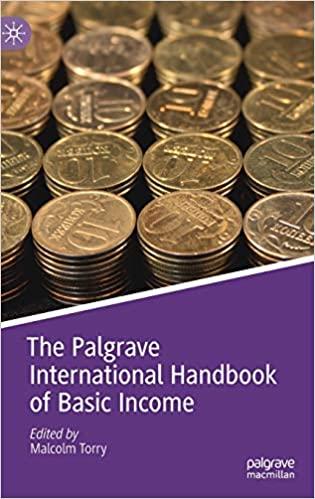Question
Please fill in the blank. (7.2) The NPV of an asset equals the difference between the PV of the future ______ produced by an asset
Please fill in the blank.
(7.2) The NPV of an asset equals the difference between the PV of the future ______ produced by an asset and the of the asset. In the unlikely event that the net present value turned out to be exactly zero, we would be ________________ between taking the investment and not taking it.
7.3) The IRR is the rate of return which equates the NPV of an investment to ____________. An investment is ________ if the IRR exceeds the required return that could be earned in the financial markets on investment of equal risk; the IRR on an investment is the required return that results in a zero ____________ when it is used as the ______________.
(7.4) A _________ is the impact that a given capital budgeting project might have on cash flows in another area of the firm. One of the examples of this is ___________, which is the cash flows of a new project that come at the expense of a firms existing projects.
(7.5) In the bottom-up approach, OCF =__ + ____ . It is crucial to remember that this definition of OCF as ___________ plus _____________ is correct only if there is no ____________________ subtracted in the calculation of net income.
7.7) Variable costs are the costs that change when the quantity of ______________ changes, and they are ___________ when production is zero. The relationship between total variable costs (VC), cost per unit of output (v), and total quantity of output (Q) can be written as: VC = ___________________. Costs which do not change when the quantity of output changes during a particular time period are called _____. Total costs (TC) for a given level of output in a given period are defined as the sum of ___and ___ : TC = _________________ = ______________________.
(7.9) The degree to which a firm or project relies on fixed costs is called ________. A firm or project with a relatively high level of fixed costs is said to have (high/low) operating leverage. A high level of fixed costs is associated with a large investment in plant and equipment; this situation is said to be _____. The degree of operating leverage (DOL) is defined such that: Percentage change in OCF = ______________________________. This definition is algebraically equivalent to: DOL = 1 + _____.
Step by Step Solution
There are 3 Steps involved in it
Step: 1

Get Instant Access to Expert-Tailored Solutions
See step-by-step solutions with expert insights and AI powered tools for academic success
Step: 2

Step: 3

Ace Your Homework with AI
Get the answers you need in no time with our AI-driven, step-by-step assistance
Get Started


